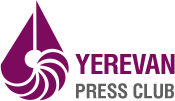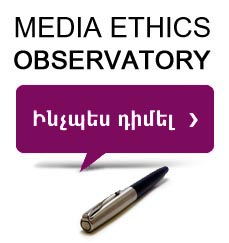On May 2 the international human rights organization “Freedom House” released its annual report on freedom of press in the world in 2010. “Freedom House” assessed the media situation by assigning a numerical score from 1 to 100 on the following categories: free (1-30 points), partly free (31-60 points), not free (61-100) – the lower the score, the higher the freedom. The latter was defined by three dimensions: legal, political and economic environments in which media operate. The sum of all three dimensions yielded the cumulative rating of the media situation in each country.
Out of 196 countries and territories surveyed in 2010 in 68 (or 35%) media were recognized free, in 65 (or 33%) – partly free and in 63 (or 32%) were rated not free. Thus, only 15% of world inhabitants (lowest index for the last decade) live in countries that enjoy free press, 42% have a partly free press, and 43% – not free press. The most benign is the situation in Finland (10 points), Norway and Sweden (11 points each), Belgium, Iceland and Luxembourg (12 points each).
Of the post-Soviet countries only the press of the three Baltic States is recognized by “Freedom House” to be free (Estonia -18, Lithuania – 22, Latvia – 26). Only Georgia, Moldova (55 points each) and Ukraine (56 points) are classed as partly free. At the same time, the situation in Georgia has somewhat improved, while it has deteriorated in Ukraine, comparing with 2009 (59 and 53 points, respectively). The positive trends of the Georgian media landscape are due to an improved political environment that led to a reduction in legal and physical harassment of journalists, fewer instances of official censorship, and more balanced coverage by the public broadcaster. The broadcast frequencies withdrawal from critical media, increase of extralegal harassment of journalists, leading to greater self-censorship, negatively influenced the media freedom in Ukraine. A 10-point leap of the Moldavian media (65 points in 2009) from not free to partly free is due to new ruling coalition’s steps to increase legal protections for journalists’ rights and reform the regulatory framework, to the professionalization of the management at the state broadcaster, emergence of new private broadcasters and a substantial decline of officially sanctioned legal harassment of journalists.
Other former USSR countries’ media continue to stay not free. Turkmenistan (96) remains the second from the end (North Korea still closes the list – 97). As compared to 2009, the rankings of Tajikistan (78), Azerbaijan (79) and Russia (81) have not changed. The situation has somewhat deteriorated in Kazakhstan – 80 (versus 78 in 2009), Belarus – 93 (versus 92) and Uzbekistan – 94 (versus 92). A progress is marked in Kyrgyzstan – 70 (versus 73).
The ranking of Armenian media, which got 65 points (versus 66 in 2009), increased by 1 point. In other words, the Armenian media are considered by “Freedom House” as not free for already nine years (since 2002).












